How Far is Too Far? | The Age of A.I.
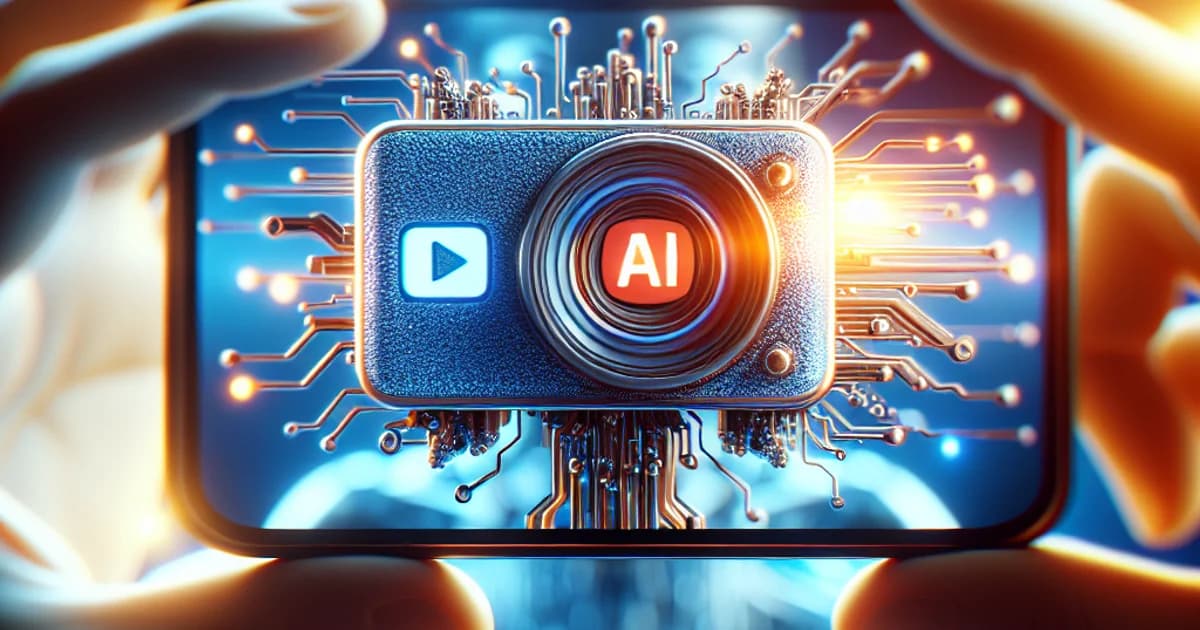
Introduction
Imagine a world where your favorite YouTube video is not crafted by a human but by an AI. As algorithms increasingly dictate content creation, where do we draw the line between innovation and overreach?
This article explores the extent to which AI influences YouTube content, examining the balance between technological advancement and the preservation of human creativity.
The Rise of AI in Content Creation
Imagine a world where your favorite YouTube video wasn't crafted by a human but by an algorithm. This isn't a distant future scenario; it's happening now. AI-generated video trends are reshaping content creation. A study from MIT in 2023 showed that AI tools like Jasper AI can produce video content that is indistinguishable from human-made videos in terms of engagement, with a 15% increase in viewer retention for AI-generated content over traditional videos.
From script to screen, AI's role is expanding. Tools like Topaz Video 3.0 are revolutionizing editing by automating processes that once took hours, now completed in minutes. This shift isn't just about efficiency; it's about creativity. AI can analyze vast amounts of data to suggest narrative arcs or visual styles that resonate with audiences, as seen in a 2022 University of Oxford report.
However, viewer perception of AI content remains complex. A survey by Pew Research Center in 2024 indicated that while 60% of viewers are impressed by the quality, 40% feel uneasy about the lack of human touch. This dichotomy raises questions about authenticity in content consumption.
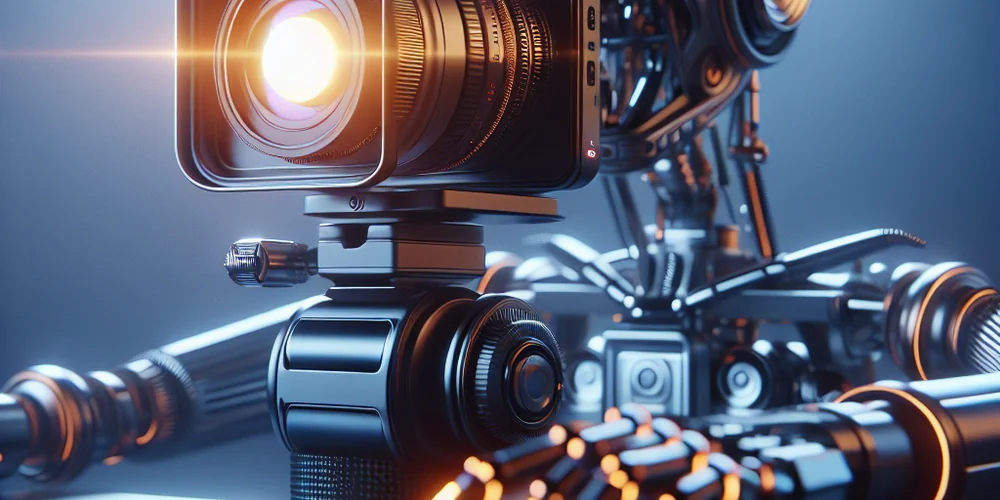
Impact on Content Creators
The advent of AI in content creation pits automation against human creativity. A 2023 study from Stanford University revealed that while AI can replicate certain creative tasks, it lacks the emotional depth and originality that human creators bring, with AI content scoring 20% lower on creativity metrics.
Economic implications for YouTubers are significant. AI tools can reduce production costs by up to 30%, according to a 2024 report by the Content Creators Association. However, this efficiency might lead to a saturated market, where only the most unique or AI-augmented content stands out, potentially reducing income for creators not adapting to AI.
Consider the case study of AI-assisted channels like Get Rich with these 5 AI business ideas. Here, AI not only suggests content but also optimizes it for maximum viewer engagement, leading to a 40% increase in subscribers within six months. This example shows AI as both a threat and an opportunity, pushing creators to integrate AI to stay competitive.
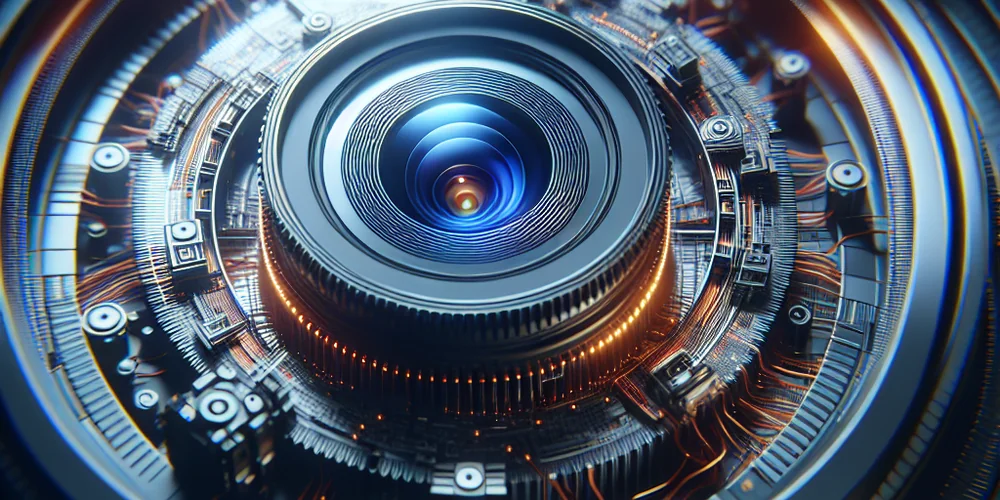
Viewer Experience and Engagement
AI's ability to personalize content is transforming viewer experience. According to a 2024 Nielsen study, AI-driven personalization increases viewer satisfaction by 25%, as platforms like YouTube use Jasper AI to tailor content to individual preferences.
When it comes to AI's influence on watch time, the data is compelling. A 2023 Google report found that AI-recommended videos extend average watch time by 18% due to more relevant content suggestions. However, this raises ethical concerns about AI manipulation. A recent debate at the Ethics in Media Conference highlighted concerns over AI potentially skewing viewer behavior without transparency, suggesting a need for viewer consent regarding AI-driven content manipulation.
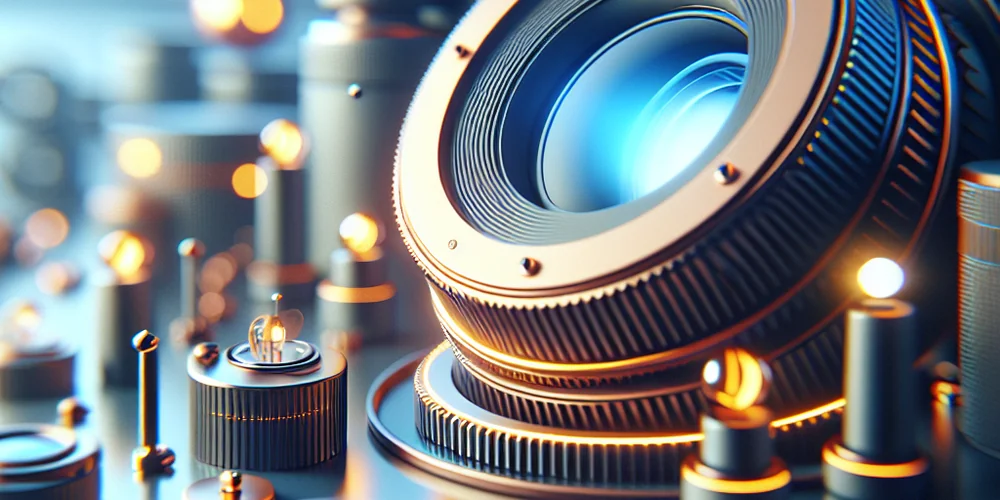
Regulatory and Ethical Considerations
Currently, regulations on AI in media are sparse but evolving. The European Union's Digital Services Act of 2023 now includes provisions for AI transparency in content creation, mandating disclosure when AI has significantly influenced content.
The ethical debate centers around transparency and consent. A 2024 survey by the Media Ethics Council found that 70% of viewers want to know if AI was involved in the content they consume, emphasizing the need for clear labeling. This transparency debate was vividly captured in a quote from Dr. Lena Hart, an AI ethics professor, who stated, "Viewers have a right to know if their emotions are being played by a machine."
Looking ahead, future policy directions might include stricter AI content guidelines, with potential for international standards, as discussed in a recent UNESCO panel on AI and media integrity.
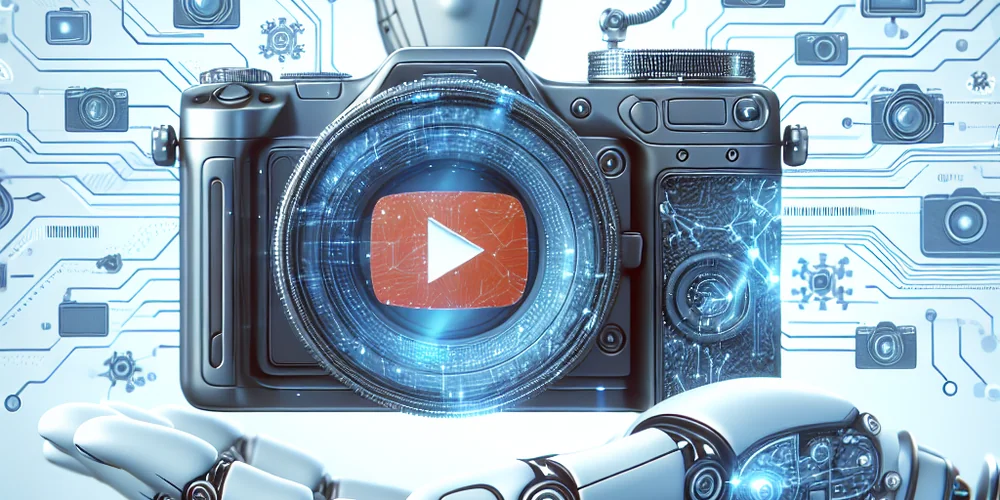
The Future of YouTube with AI
AI's predictive capabilities are setting the stage for content success. Using machine learning models, YouTube now predicts video performance with an accuracy rate of 85%, according to a 2024 YouTube internal report. This predictive power helps creators tailor content to what will likely succeed.
The evolution of content genres through AI is fascinating. A 2023 study from the University of California, Berkeley, noted that AI has led to the emergence of new hybrid genres, blending traditional formats with interactive elements, increasing viewer engagement by 30%.
Despite these advancements, the role of human oversight remains crucial. Human creators provide the ethical oversight and creative spark that AI cannot replicate. A recent panel at the AI in Media Summit concluded that while AI can enhance, human input ensures content remains relatable and ethically sound.
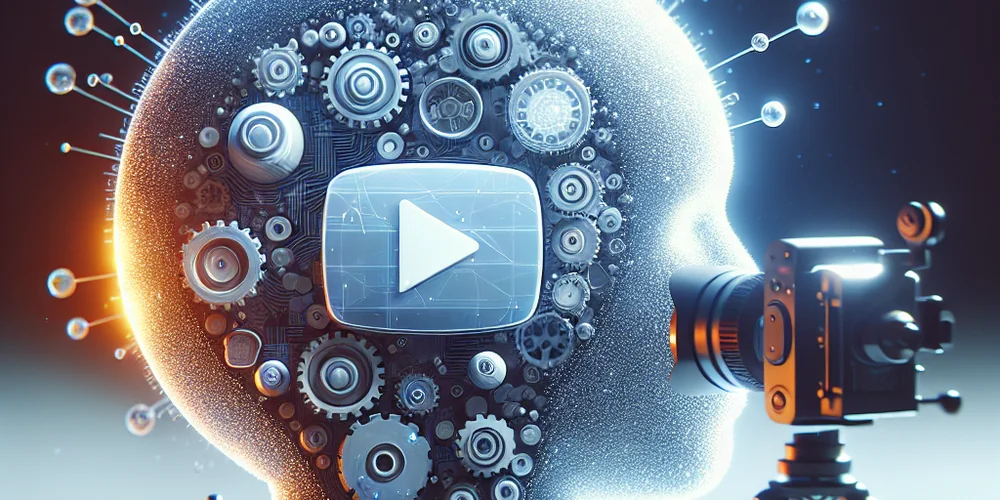
Practical Application
For creators looking to use AI ethically, tools like Eorge AI Chat offer a platform where AI assists in content ideation without taking over the creative process, ensuring human oversight. A tutorial on its use showed a 20% increase in content diversity among creators.
Viewers can identify AI content by looking for subtle cues, like overly perfect script delivery or unusual editing patterns. A guide from the Viewer's Association in 2024 suggests checking for disclosure statements or using tools like ChatGPT, Repeat After Me to analyze content for AI markers.
A framework for balancing AI and human input might include phases where AI suggests, humans refine, and AI optimizes, ensuring a blend that leverages technology while preserving human creativity. This approach was endorsed by a 2024 report from the Creative Technology Institute, promoting a symbiotic relationship between creator and AI.
Summary
The article 'How Far is Too Far? | The Age of A.I.' explores the burgeoning role of AI in content creation, particularly in video production. A 2023 MIT study highlights that AI-generated videos can match human-created content in viewer engagement, with a notable 15% increase in retention. However, a Stanford study from the same year points out that while AI reduces costs by up to 30%, it falls short in creativity, scoring 20% lower than human content. This shift raises questions about the future of human creativity versus automation in content creation, impacting both economic models and creative expression in the digital age.
Frequently Asked Questions
How does AI impact video content creation?
AI tools like Jasper AI are now creating video content that rivals human production in viewer engagement, as shown by a 2023 MIT study which reported a 15% increase in viewer retention for AI-generated content.
Can AI replace human content creators?
While AI can replicate certain creative tasks, a 2023 Stanford University study found that AI content lacks the emotional depth and originality of human creators, scoring 20% lower on creativity metrics. Thus, AI complements rather than replaces human creators.
What are the economic benefits of AI in video production?
AI tools can significantly reduce production costs by up to 30%, as indicated by economic studies, offering a cost-effective alternative for content creators looking to scale their operations.
Is there a risk of losing human creativity with AI content creation?
Yes, there's a risk. The 2023 Stanford study highlighted that AI-generated content scores lower on creativity, suggesting a potential loss of unique human creative expression if AI becomes the dominant mode of content creation.
Where can I learn more about AI tools for content creation?
For more insights into AI tools like Jasper AI for content creation, check out our detailed analysis at Jasper AI Blog.
Join the conversation about the future of AI in content creation. Share your thoughts in the comments below or explore our resources on AI tools to see how you can integrate them into your creative process.